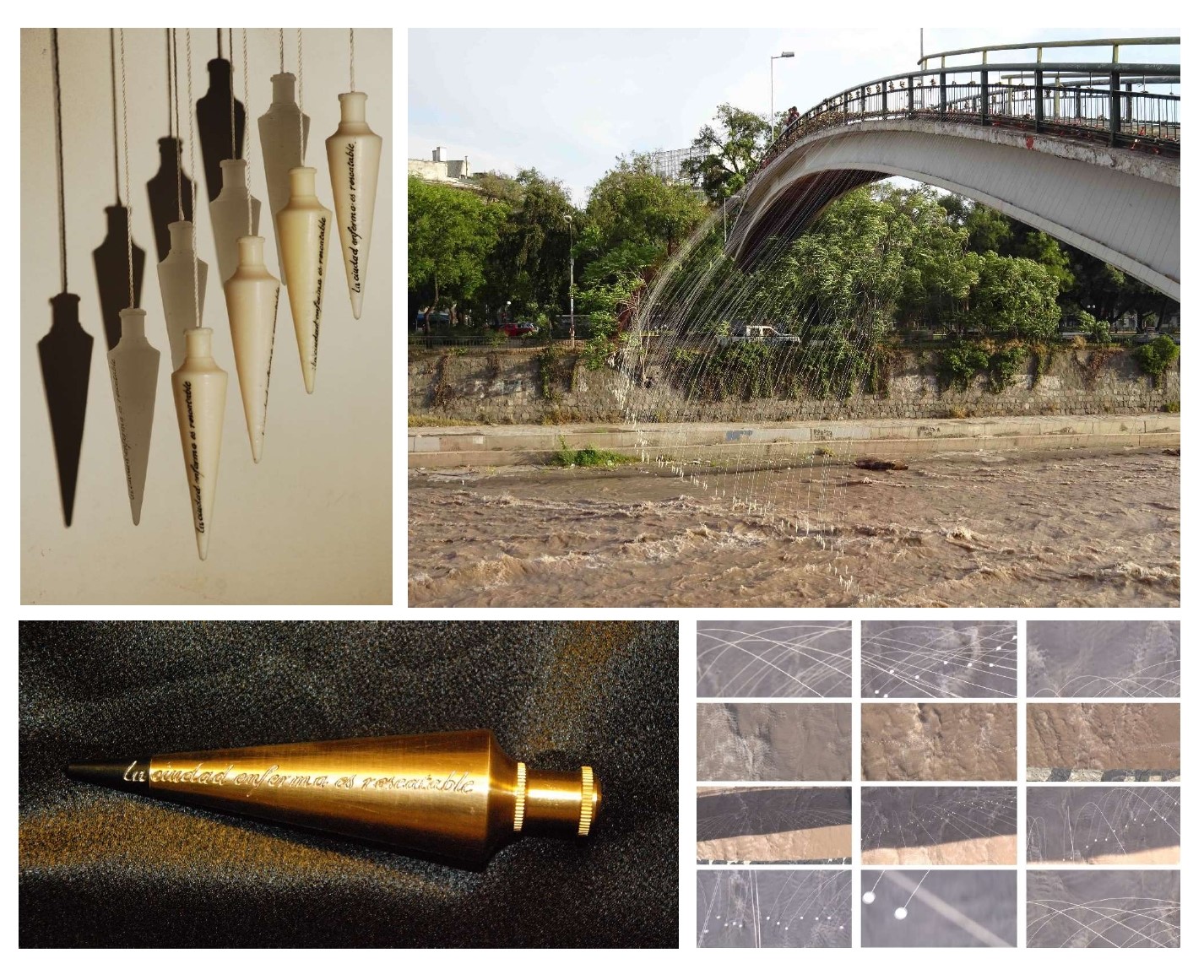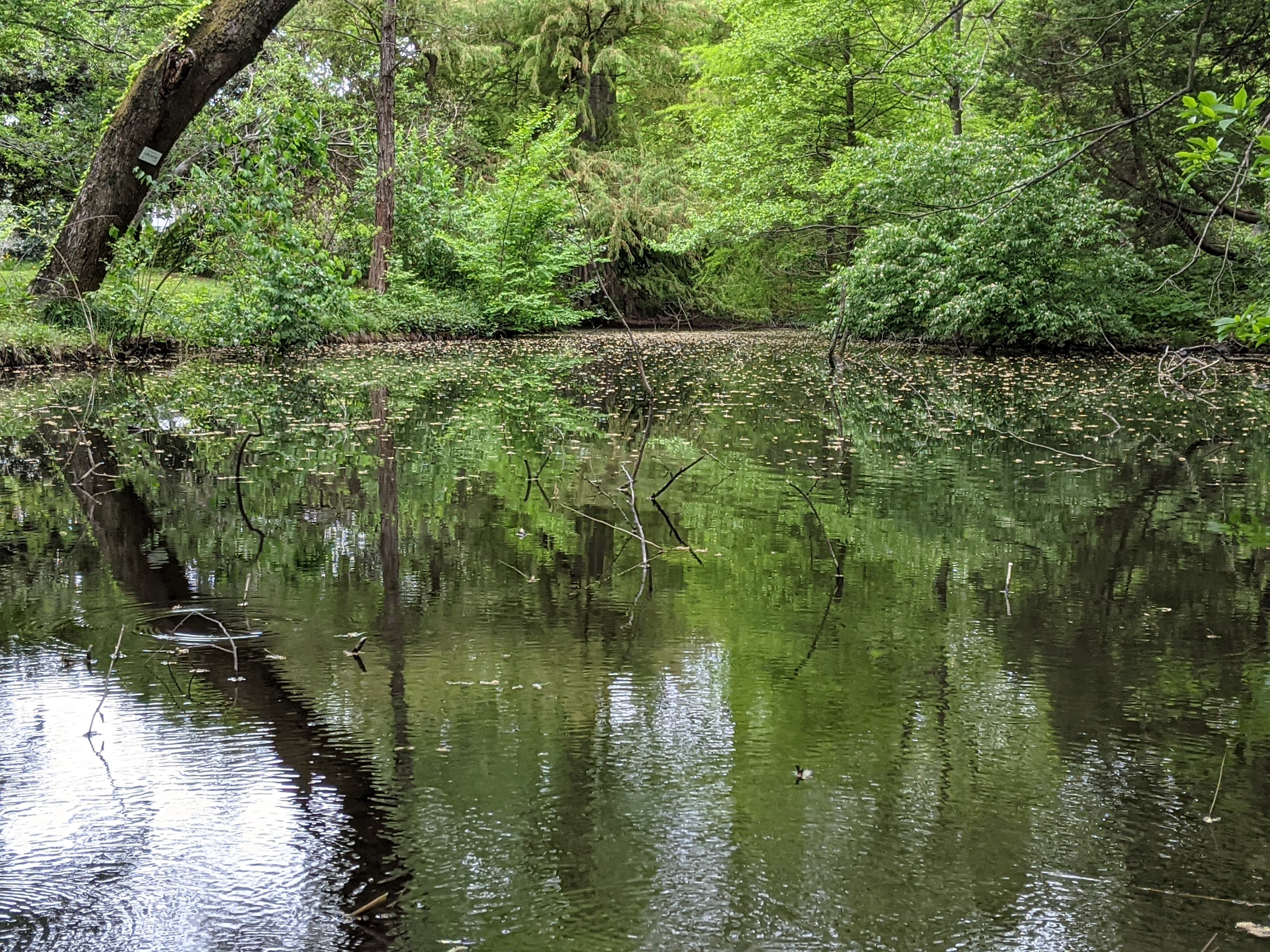-33.434007, -70.629264
La Ciudad Enferma es Rescatable
Santiago
The temporary intervention was part of a practice lead research of the place of the Mapocho River in the Public Imaginary through its bridges, edges and the torrent. The Mapocho River was canalised in the late 19th C to mitigate the flooding, create public space and connect the north and south sides of Santiago de Chile via 9 meccano bridges. This was part of the Indendente Benjamin Vicuña Mackenna's modernisation of Santiago to make it "the Paris of South America". The canal was constructed posthumously 1888-1910 and the flooding torrent continues to be domesticated. Nature transitioning into culture via bridges. In the 1950s a particular bridge was constructed that crosses two flows, that of the river and that of the expressway constructed on its southern bank. The form of Racalamac bridge (a.k.a. Condell Bridge) is determined by these two periods of modernisation. It is a steep pedestrian bridge that is also an unlikely, popular and iconic public space of transition. The intervention traces the space created by this transition in a kinetic mapping of the inverted arc and the upstream wind that blows in the passage of the Mapcocho towards the Andes that is its source. A bronze builders plumbob was engraved with a quote of Benjamin Vicuña Mackenna "La Ciudad Enferma es Rescatable" (The sick city can be saved). 300 weighted casts were made and suspended by builders string from the bridge. The kinetic, temporary sculpture was installed for one day as part of 100 en 1 Día. From the edges of the river, the intervention appeared as a billowing, barely visible curtain ended by hovering plumbobs. From the bridge a vertigenous scene of parabolic curves are created over an invisible X,Y, Z grid and a horizontally surging torrent.
Link to an external source of the artwork: https://optorrente.blogspot.com/

